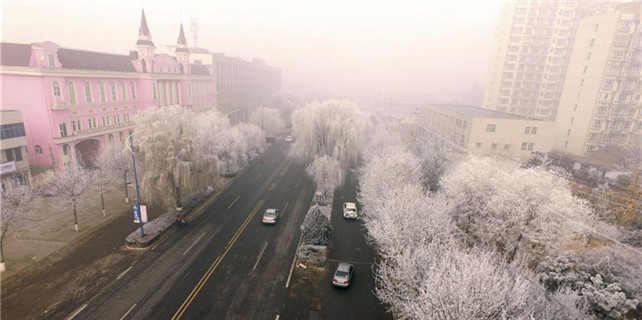Tao's temples are in harmony with nature
 |
|
A worker puts a ribbon on the Chongxi Wanshou Temple before its inauguration. [Photo provided to China Daily] |
"This way, there can be interaction between the new temple and the old one," he said.
However, for him and his colleagues, the dilemma usually lies in that many religious leaders have a special fondness for antique-looking and luxurious replicas of ancient buildings.
In Wuxi, Jiangsu province, authorities spent more than 1.6 billion yuan ($240 million) to develop the opulent Fan Gong Palace, the venue of the World Buddhist Forum in 2009 and 2015. There are also at least six Buddha statues that are as tall as 50 to 100 meters in various parts of China.
"They like Buddha statues in gigantic sizes, and large temples decorated with luxurious colors. The more antique-looking, the better," Tao said.
The hunger for building replicas has been fueled by advances in construction technology as it has enabled the creation of much larger religious structures than before.
"What they actually do is to use reinforced concrete to mould fake replicas of ancient buildings. Some projects would reduce forests and hills to the ground to make room for the new building," he said.
"It is totally against the traditional concepts of Buddhism and Taoism as both religions promote harmony with nature, rather than destroying nature," he said.






















